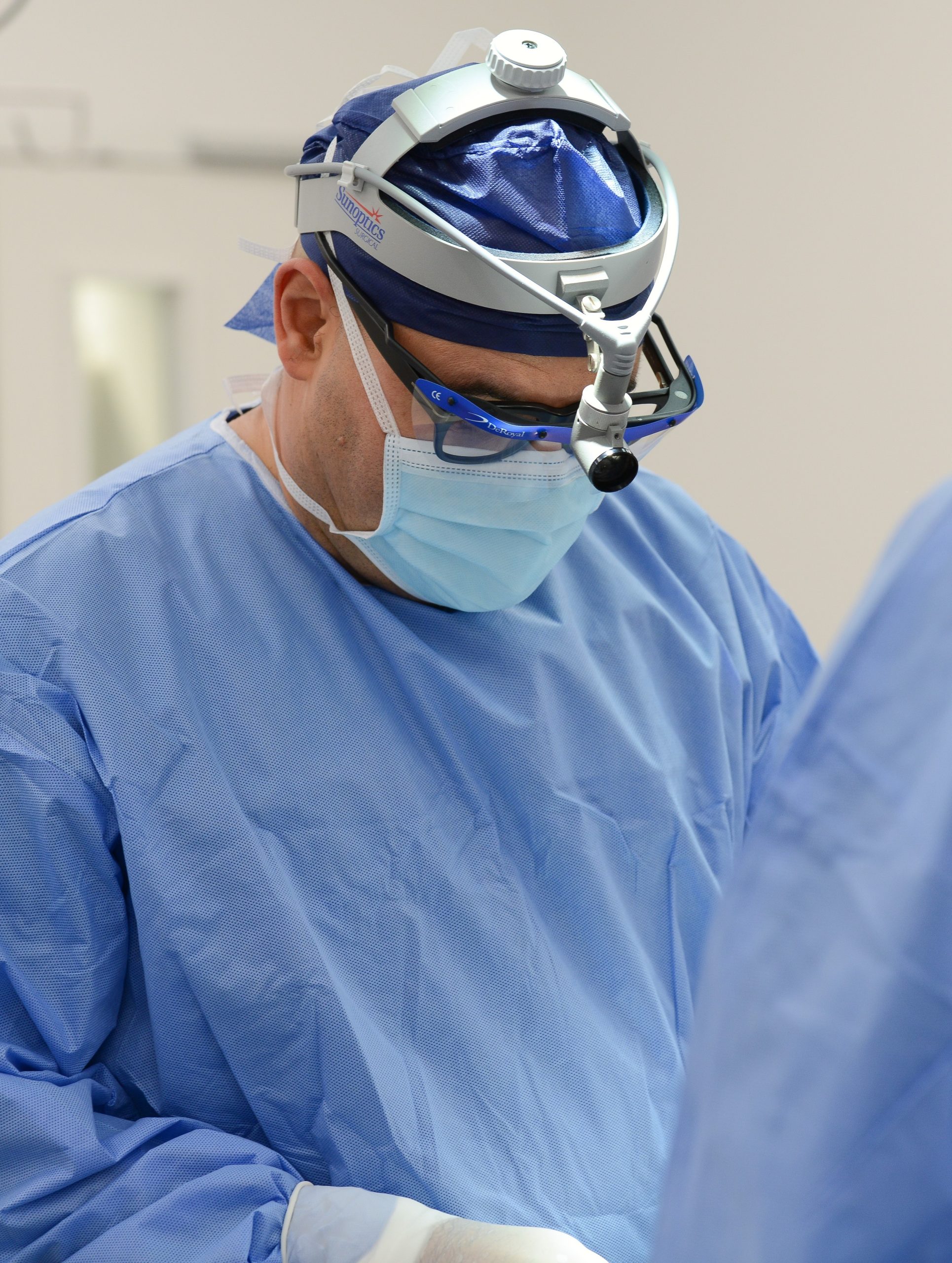Percutaneous Tibial Nerve Stimulation (PTNS)
About percutaneous tibial nerve stimulation (PTNS)
Percutaneous tibial nerve stimulation (PTNS) is a minimally invasive treatment for overactive bladder. Dr Tony Makris is a specialist urologic surgeon with extensive experience in PTNS, who offers the service through Paradigm Urology.

What is nerve stimulation?
Bladder function is controlled by nerves which exit from the bottom of the spinal column. This group of nerves is called the sacral nerve plexus. Stimulating these nerves through electrical impulses (nerve stimulation or neuromodulation) can help improve your bladder function. One way of of stimulating the nerves which control your bladder function is with percutaneous tibial nerve stimulation (PTNS).

What to expect from percutaneous tibial nerve stimulation
An electrode, which is a tiny needle, is inserted near your ankle. This electrode is connected to a stimulator which runs on a battery. The stimulator is turned on and then the ideal strength of the electric impulse is determined.
Each treatment session lasts 30 minutes. You will need an initial series of 12 treatments over 12 weeks. After this series of treatments, Dr Makris will discuss your response and determine if you require future treatments in order to maintain good bladder function.
What will I feel during percutaneous tibial nerve stimulation (PTNS)?
Every patient is different and will experience the sensation of PTNS in different ways, though the treatment is typically very well tolerated. There are different levels of nerve stimulation: we adjust the treatment to suit you and will address any discomfort that you might experience.
What happens during percutaneous tibial nerve stimulation?
- You sit comfortably with a tiny needle (electrode) placed near the ankle.
- You may feels a small scratch when the electrode is placed.
- The stimulator is attached to the electrode and delivers an electric impulse.
- The impulse travels up the tibial nerve to the sacral plexus which controls bladder function.
- You usually feel a mild sensation in the foot and leg during the treatment session.
- You will repeat the process in 12 sessions over 12 weeks. If your bladder symptoms improve, you may have to continue with treatment to maintain a good response. You will typically have to come back every 6 weeks.
What are the risks and complications?
The treatment is usually very well tolerated and there are no major safety concerns associated with this procedure. It is very uncommon to experience pain, bleeding or infection at the area of the needle insertion. The intensity of the stimulation can be regulated.